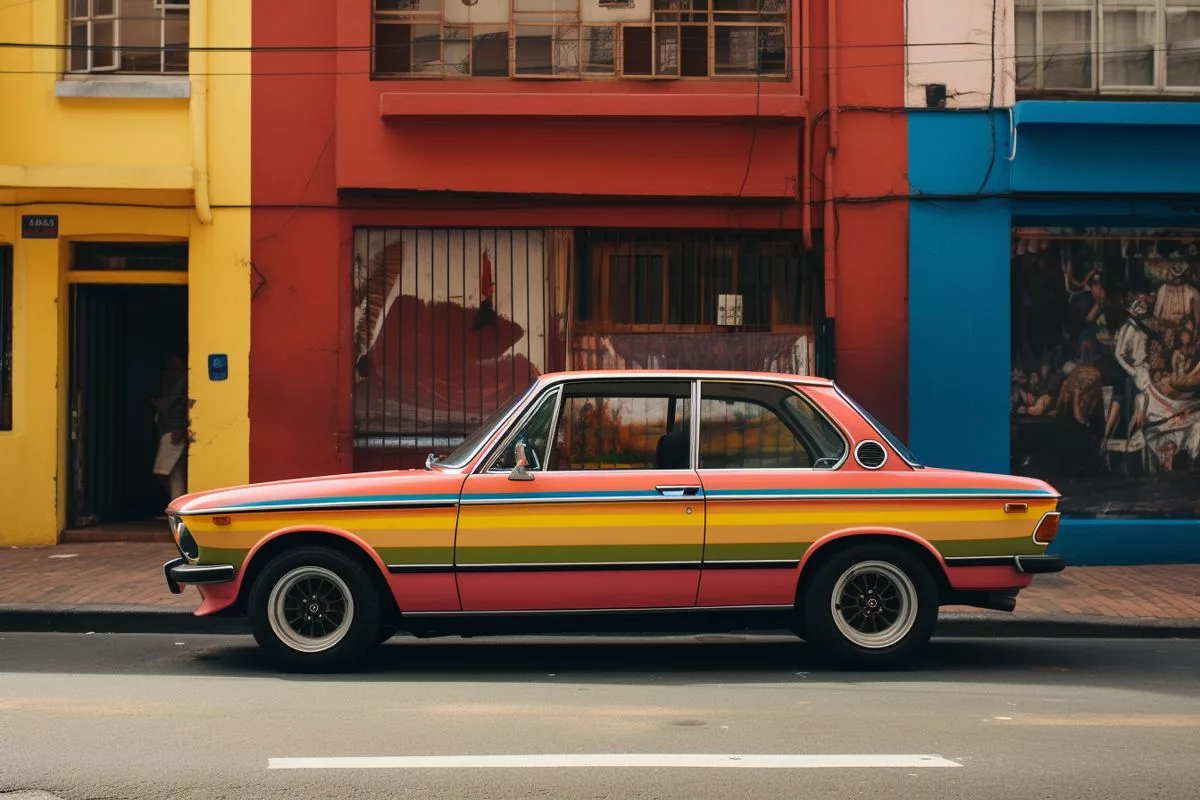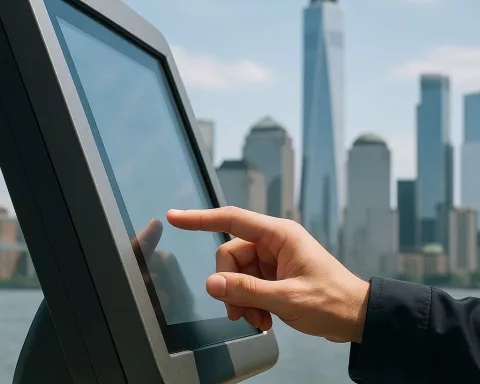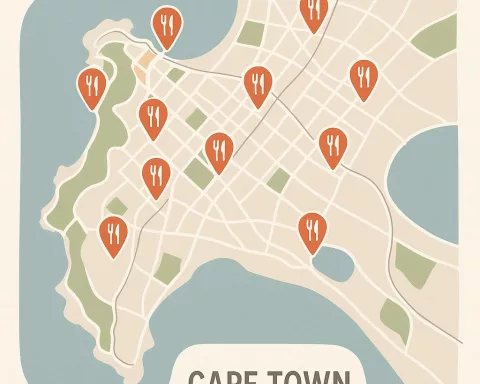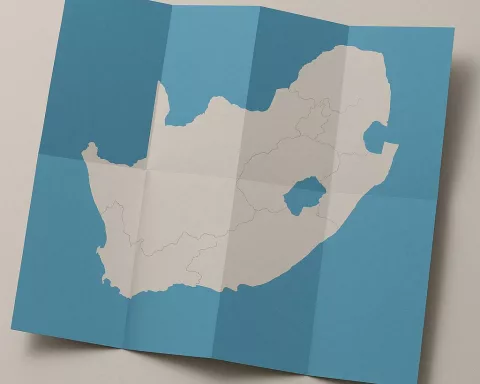The BMW 2000 SA and 2004 SA are exclusive variants of the legendary BMW 2002 made specifically for the South African market. The models originated from the Glas 1700, which BMW acquired in 1966 and utilized its technology. The BMW 1800 SA and 2000 SA were the first BMWs produced in South Africa, and their updated versions, the BMW 1804 SA and 2004 SA, had a short but memorable production run, leaving a lasting impression on the motoring scene and paving the way for future models. Today, they are highly sought after by collectors and symbolize BMW’s dedication to innovation and excellence.
The BMW 2002 is a legendary car that has left its mark on motoring history. However, there were exclusive variants of the 2002 that were made specifically for the South African market: the BMW 2000 SA and the 2004 SA. These models have a unique story that we explore.
From Glas to BMW: A Unique Merge
The BMW 2004 SA originated from the BMW 2000 SA, which was a derivative of the Glas 1700. The Glas 1700 was designed by Italian stylist Pietro Frua and produced by Hans Glas GmbH, a small German car manufacturer that BMW acquired in 1966. The car had a sleek body and a robust, reliable engine with an overhead camshaft and a timing belt. BMW aimed to utilize this technology for its vehicles.
In 1968, BMW established a production plant in Rosslyn, near Pretoria, South Africa, through a joint venture with local investors. The first car produced in this plant was the BMW 1800 SA, a rebadged Glas 1700 with a larger engine and minor cosmetic changes. The subsequent year saw the launch of the BMW 2000 SA, which boasted a 2.0-liter, 100 horsepower, four-cylinder engine.
South African Success
The BMW 1800 SA and 2000 SA models were welcomed by South African customers, who admired their performance, style, and quality. However, these models faced competition from European and Japanese automakers, as well as the political and economic challenges of the 1970s. To remain competitive, BMW updated its South African models in 1973, giving them a more contemporary, distinct appearance.
These updated models, the BMW 1804 SA and 2004 SA, featured the classic BMW kidney grille and round headlights, along with new rear lights and bumpers. The interior received a makeover with new instruments, seats, and trim. The engine stayed the same, but the suspension saw improvements for enhanced handling and comfort. The BMW 2004 SA also introduced an automatic transmission option.
A Brief, But Memorable Production
The production of the BMW 1804 SA and 2004 SA models lasted only a year, as they were replaced by the more advanced and popular E12 BMW 5 Series in 1974. Despite this short production run, these South African models left a lasting impression on the motoring scene. They were the first BMWs specifically built for the South African market and paved the way for future models that would solidify BMW’s reputation in the country.
Today, the BMW 1804 SA and 2004 SA models are rare and highly sought after by collectors and enthusiasts who value their unique history and design. Furthermore, these models symbolize BMW’s dedication to innovation and excellence, as well as its enduring relationship with South Africa.
What are the BMW 2000 SA and 2004 SA?
The BMW 2000 SA and 2004 SA are exclusive variants of the BMW 2002 that were made specifically for the South African market. They originated from the Glas 1700, which BMW acquired in 1966 and utilized its technology.
How did the BMW 2000 SA and 2004 SA come to be?
The BMW 2004 SA originated from the BMW 2000 SA, which was a derivative of the Glas 1700. BMW established a production plant in Rosslyn, South Africa, in 1968, and the first car produced there was the BMW 1800 SA, a rebadged Glas 1700 with a larger engine and minor cosmetic changes. The BMW 2000 SA was launched the following year.
What changes did the BMW 1804 SA and 2004 SA receive?
The BMW 1804 SA and 2004 SA models received a more contemporary, distinct appearance in 1973, featuring classic BMW kidney grilles and round headlights, new rear lights and bumpers, and a revamped interior. The engine stayed the same, but the suspension saw improvements for enhanced handling and comfort. The BMW 2004 SA also introduced an automatic transmission option.
How long were the BMW 1804 SA and 2004 SA in production?
The production of the BMW 1804 SA and 2004 SA models lasted only a year, as they were replaced by the more advanced and popular E12 BMW 5 Series in 1974.
Why are the BMW 1804 SA and 2004 SA models highly sought after?
The BMW 1804 SA and 2004 SA models are rare and highly sought after by collectors and enthusiasts who value their unique history and design. Furthermore, these models symbolize BMW’s dedication to innovation and excellence, as well as its enduring relationship with South Africa.








